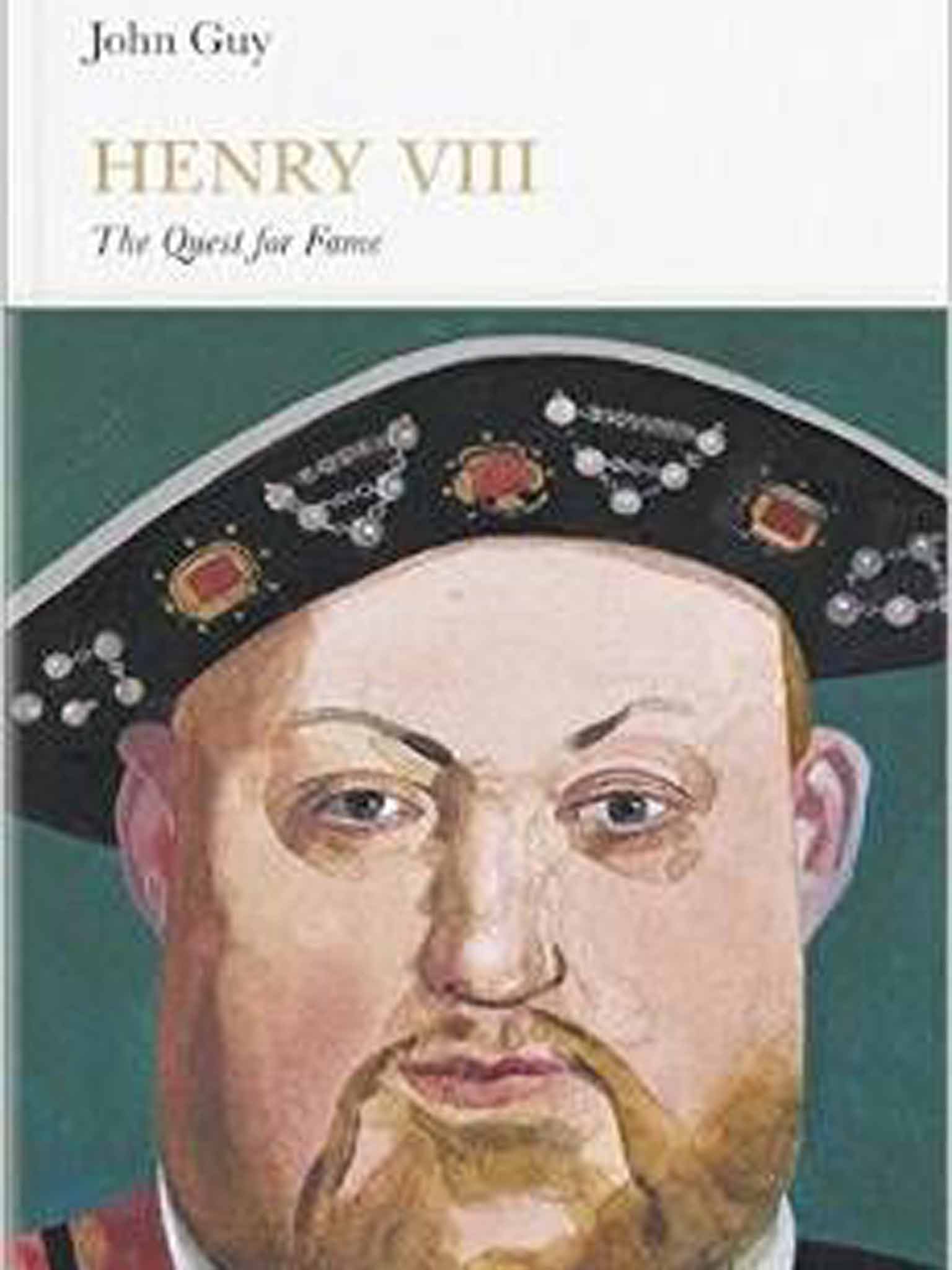Penguin Monarchs by various authors - book review: Proof there is a royal road to learning
This fascinating series allows us to see how 1,000 years of history affect a family

On 30 January 1649, Charles I was led to the scaffold to face his executioner. It is said he wore two shirts so that he wouldn't shiver and seem afraid. The king's death marked the end of a bloody civil war, the details of which are imaginatively reassessed in Mark Kishlansky's Charles I, one of the first five of Penguin's new 45-volume series on English monarchs. These handsome hardbacks are short – around 100 pages – but all of them are written by scholars in an accessible and illuminating way.
Everybody remembers that the Civil War was a power struggle between parliament and king, but Kishlansky reminds us that it was also a battle of religious ideology, with the Puritans coming across as a kind of 17th-century Isis, brutal and uncompromising, while the king – so often maligned – is presented as a man of intelligence cornered in an impossible position.
How often must Charles I have cursed Henry VIII, whose split from Rome had been the start of the trouble. John Guy does a good job here, never trying to compete with the richly fruited style of Hilary Mantel's take on the period, but giving us cool and substantiated history with some nice colour (Henry and Anne Boleyn wore matching yellow satin on the day Katherine of Aragon's death was announced).
Henry's son Edward VI was just nine when his father died; he ruled for seven years. In Stephen Alford's moving account we see this "Peter Pan of English monarchy" struggling to understand the frightening world of adults before his painful death at 15, covered in scabs and spewing blood.
Like Henry VIII George V had an elder brother who died, and even in 1892 it was considered expedient for him to marry his brother's fiancée, Mary. Their marriage was happy, but from David Cannadine's learned biography we discover how George's reign was overshadowed by the First World War and revolutionary changes in Europe.
Our Queen's father, George VI, was the product of George V's arranged marriage. When his elder brother Edward abdicated to marry an American divorcee, shy George stepped up to the job. Philip Ziegler reminds us of the family background that taught Elizabeth II to repress her emotions before the death of Diana forced the royals to reveal that they hurt like ordinary humans. For Charles I, such an admission would have been unthinkable, and this fascinating series allows us to see how 1,000 years of history affect a family, as well as the impact the lives of our monarchs have had on us.
Subscribe to Independent Premium to bookmark this article
Want to bookmark your favourite articles and stories to read or reference later? Start your Independent Premium subscription today.

Join our commenting forum
Join thought-provoking conversations, follow other Independent readers and see their replies